|
| ||
Gross Motor SkillsSince gross motor skills can be learned and improved with practice, children need plenty of opportunities to exercise these skills.
Scroll down for a list of 10 activities you can do to improve your child's gross motor skills.
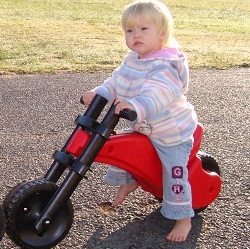
Gross motor control refers to the movements of the large muscles of the body. The development of these skill are important for School Readiness. Children acquire new gross motor skills by practicing a movement or activity until that particular skill is mastered. From birth, a baby starts developing gross motor control, beginning with the control of her head and torso. The development of gross motor control continues until the baby has learned to sit, crawl, stand, walk and then progressed to running, jumping and the range of activities that an adult can do.
Gross motor skills include:DO NOT COPY CONTENT FROM THIS PAGE.
CopyrightUnfortunately, so many website owners have duplicated the content on this page, that it has recently been rewritten, to try to keep it original. Please note, that you may use it for research purposes or with your own children, but you may not republish the information on this page in any format, without the express permission of the copyright holder. Action has been taken against plagiarists. Children who do not have reasonably good gross motor skills, often struggle with the fine motor skills which are needed for formal school work in the classroom scenario. This article by an occupational therapist, explains how Gross Motor Activities Improve Handwriting There are other added benefits derived from the physical exercise that practicing gross motor skills provides:
"For we are an over wrought generation, running to nerves as a cabbage runs to seed; and every hour spent in the open is clear gain, tending to the increase of brain power and bodily vigour, and to the lengthening of life itself. They who know what it is to have fevered skin and throbbing brain deliciously soothed by the cool touch of air are inclined to make a new rule in life: Never be within doors when you can rightly be without." Make sure your child has plenty of time to run around, climb, play and even do some work, such as gardening or helping with other chores out of doors.DO NOT COPY CONTENT FROM THIS PAGE. Even if you are a city dweller, find a park, a vacant lot or other suitable place where you can go and get enjoy some physical exercise. Even in cold weather, dress up warmly, go out and develop your child's gross motor skills, while enjoying the outdoors. "In this time of extraordinary pressure, educational and social, perhaps a mother's first duty to her children is to secure for them a quiet and growing time, a full six years of passive receptive life, the waking part of it for the most part spent out in the fresh air." Besides the physical benefits of being outdoors, for the purpose of physical activity, other valuable learning opportunities may also arise as your children encounter objects in nature or other subjects that captivate their attention. From about three years of age, your child will be ready to make good use ofplayground equipment that is designed to use her large muscles vigorously and develop gross motor skills. Don't deprive her of climbing - just help her to do it safely and within limits. Climbing is particularly good for stimulating a child's sense of laterality. Country living usually provides small trees and fences for this activity, but city parks or playgrounds with a jungle gym or slide will also achieve the same. Encourage your child to use and many of the apparatus at a play park as possible.
Developing Gross Motor Skills
We should encourage our children to improve on their weaknesses so as to attain an acceptable standard, compensate for weakness where necessary while focusing on, developing and enjoying their strengths and talents. No one is good at everything. The object of these stimulating activities, is to help your child develop each area to her unique potential, not to over-stimulate or try and develop super-babies! Click here for gentle, educational, toddler activities for 1 year olds .
DO NOT COPY CONTENT FROM THIS PAGE.
2. Encourage your child to ride any kind of scooter or bike, suited to his age level and ability.DO NOT COPY CONTENT FROM THIS PAGE. 3. Play the copying game: "Simon says - do this." Say those words and do an action that your child must copy. When you say "Simon says do that" she must NOT do the action.DO NOT COPY CONTENT FROM THIS PAGE. 4. Do spatial relations activity: Ask your child to stand behind a chair, next to the chair, in front of a chair, on top of the chair and crouch under the chair.DO NOT COPY CONTENT FROM THIS PAGE. 5. To develop the sense of laterality, ask your child kneel on the floor on all fours, then give instructions such as to lift her left hand, lift her right leg etc.DO NOT COPY CONTENT FROM THIS PAGE. 6. Ask your child to be your shadow and mimic everything you do while you walk arounfd and perform simple actions.DO NOT COPY CONTENT FROM THIS PAGE. 7. Enjoy singing some action songs together and do the actions while you sing them.DO NOT COPY CONTENT FROM THIS PAGE. 8. Encourage your child to act and move like various animals: slither like a snake, waddle like a duck, hop like a rabbit, crabwalk etc.DO NOT COPY CONTENT FROM THIS PAGE. 9. Ask your child to see how long she is able to balance first on one leg, then on the other.DO NOT COPY CONTENT FROM THIS PAGE. 10. Let your child to gallop like a horse.DO NOT COPY CONTENT FROM THIS PAGE. Read more about Why Kids Need to Move to Learn.
Learning Hardware - Toys for Early Child Development
A good selection of well-chosen toys and games will help to create a 'learning environment' in your home, where children will develop skills they need in life while having fun! Use this as a wishlist for gifts for birthdays. Subscribe today ...FREE 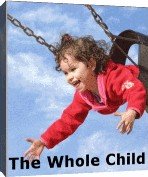
Subscribe today to THE WHOLE CHILD, a free e-zine packed with age-appropriate preschool activities to stimulate your children in a variety of ways, plus useful tips and info for YOU, delivered regularly to your inbox. In just a few minutes, doing one easy activity a day, you can have fun and interact your children in a way that will stimulate their all-round growth and development.
When you sign up, you will receive ideas and tips for:
Click on the links above for more information describing and explaining the importance of these activities, as well as some samples of the kinds of free preschool activities you can expect in THE WHOLE CHILD e-zine. You can read Back Issues here.
|
A good selection of well-chosen toys and games will help to create a learning environment in your home, where children will develop skills they need in life while having fun! Use this as a wishlist for gifts for birthdays.
|
|
|
[?] Subscribe To This Site
|
||
|
Copyright © 2005-2020, Shirleys Preschool Activities.com All Rights Reserved. | ||

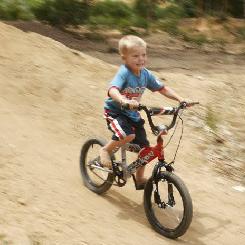
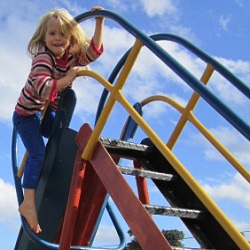 DO NOT COPY CONTENT FROM THIS PAGE.Always encourage and motivate your child with plenty of positive reinforcement for her efforts, no matter how proficient her skills.
DO NOT COPY CONTENT FROM THIS PAGE.Always encourage and motivate your child with plenty of positive reinforcement for her efforts, no matter how proficient her skills.




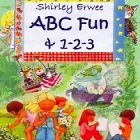
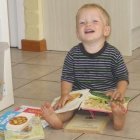
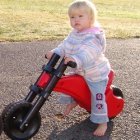
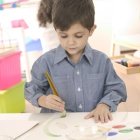







New! Comments
Have your say! Leave a comment in the box below.